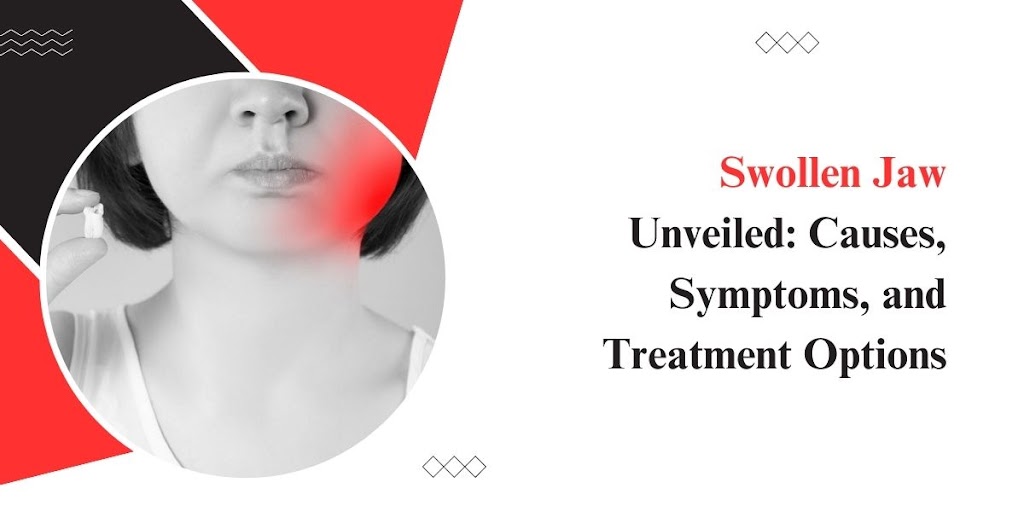Breakage-prone hair can be a frustrating problem to deal with. It can be caused by a variety of factors, including over-styling, using harsh chemicals, and not taking proper care of your hair. Fortunately, there are hair products available that can help prevent breakage and promote healthy hair growth. In this article, we will discuss the best hair products for breakage-prone hair, as well as provide information about hair transplant surgery and its cost.
1) Shampoo and Conditioner
When it comes to preventing breakage, it is important to start with a good foundation: a quality shampoo and conditioner. Look for products that are specifically formulated for damaged or breakage-prone hair, and contain ingredients that nourish and strengthen the hair. Some popular ingredients to look for include keratin, biotin, and argan oil.
One popular shampoo and conditioner set for breakage-prone hair is the Redken Extreme Shampoo and Conditioner. These products contain ceramides, which help to strengthen and repair the hair, as well as protein to help prevent breakage.
2) Leave-In Conditioner
In addition to a quality shampoo and conditioner, a leave-in conditioner can be a game-changer for breakage-prone hair. Leave-in conditioners provide extra moisture and protection for the hair, helping to prevent breakage and split ends.
One popular leave-in conditioner is the It’s a 10 Miracle Leave-In Product. This product contains keratin, silk amino acids, and other nourishing ingredients to help strengthen and protect the hair.
3) Hair Oil
Hair oils are a great way to add moisture and shine to breakage-prone hair. Look for oils that are lightweight and non-greasy, and contain ingredients like argan oil, coconut oil, and jojoba oil.
The Moroccanoil Treatment is a popular hair oil that contains argan oil, which helps to nourish and protect the hair. This oil is lightweight and can be used on both wet and dry hair.
4) Hair Mask
A hair mask can provide deep conditioning and repair for breakage-prone hair. Look for masks that contain ingredients like keratin, biotin, and avocado oil.
The Olaplex Hair Perfector No. 3 is a popular hair mask that helps to repair and strengthen the hair. This mask contains a patented ingredient that helps to rebuild and protect the hair from damage.
5) Heat Protectant Spray
Heat styling tools like straighteners, curling irons, and blow dryers can cause significant damage to your hair if not used properly. The high temperature can weaken your hair and make it more prone to breakage. To prevent this, it’s important to use a heat protectant spray before using any heat styling tools. These sprays form a protective barrier around your hair, preventing it from direct contact with the heat. This will help to minimize damage and keep your hair healthy.
6) Deep Conditioning Treatment
A deep conditioning treatment can help to repair and nourish your hair, making it less prone to breakage. Deep conditioning treatments are typically applied once a week and left on for a few minutes before rinsing off. They contain ingredients that penetrate deep into your hair, providing intense hydration and nutrients to strengthen and protect it from damage. Look for deep conditioning treatments that contain ingredients like keratin, collagen, or biotin, which are known to promote healthy hair growth and reduce breakage.
7) Silk or Satin Pillowcase
Cotton pillowcases can cause friction and damage to your hair, especially if you toss and turn while sleeping. To prevent this, switch to a silk or satin pillowcase. These materials are much smoother and softer, reducing the amount of friction that your hair experiences while you sleep. They can also help to prevent hair breakage and split ends.
8) Hair Transplant
While the above tips can help to prevent hair breakage, they may not be effective in cases of severe hair loss or baldness. In such cases, a hair transplant may be necessary to restore hair growth.
A hair transplant involves taking hair follicles from a donor site (usually the back of the head) and transplanting them to the bald or thinning areas of the scalp. The procedure is typically performed under local anesthesia and can take several hours to complete, depending on the extent of the hair loss and the number of hair follicles that need to be transplanted.
Hair Transplant Cost and Calculator
The cost of a hair transplant can vary depending on a number of factors, including the extent of the hair loss, the number of hair follicles that need to be transplanted, and the location of the clinic. On average, a hair transplant can cost anywhere from $4,000 to $15,000.
To help you get an idea of the potential cost of a hair transplant, there are a number of online hair transplant cost calculator available. These calculators take into account your age, the extent of your hair loss, and other factors to provide an estimated cost for the procedure. Keep in mind that these calculators are only estimates and that the actual cost of a hair transplant can vary depending on a number of factors.
Conclusion
Hair breakage can be a frustrating and difficult problem to deal with. However, by taking steps to prevent damage, using natural remedies and nourishing products, and getting regular trims, you can help keep your hair healthy and strong. It’s important to remember that everyone’s hair is unique, so what works for one person may not work for another. It may take some trial and error to find the best routine for your hair type and needs.
In cases where hair breakage has already caused significant damage, a hair transplant may be an option to consider. Hair transplantation is a surgical procedure that involves transferring hair from a donor area to a recipient area, usually on the scalp. The cost of hair transplant surgery varies depending on a number of factors, including the number of grafts needed, the location of the clinic, and the experience of the surgeon.
When considering hair transplant surgery, it’s important to do your research and find a reputable clinic with a skilled and experienced surgeon. You should also be aware of the potential risks and complications associated with the procedure, such as bleeding, infection, and scarring.
Overall, whether you choose to focus on preventing hair breakage through natural remedies and good hair care practices or opt for a more drastic solution like hair transplant surgery, it’s important to prioritize the health and well-being of your hair. By taking care of your hair from the inside out and seeking professional help when needed, you can maintain a strong and healthy head of hair for years to come.



